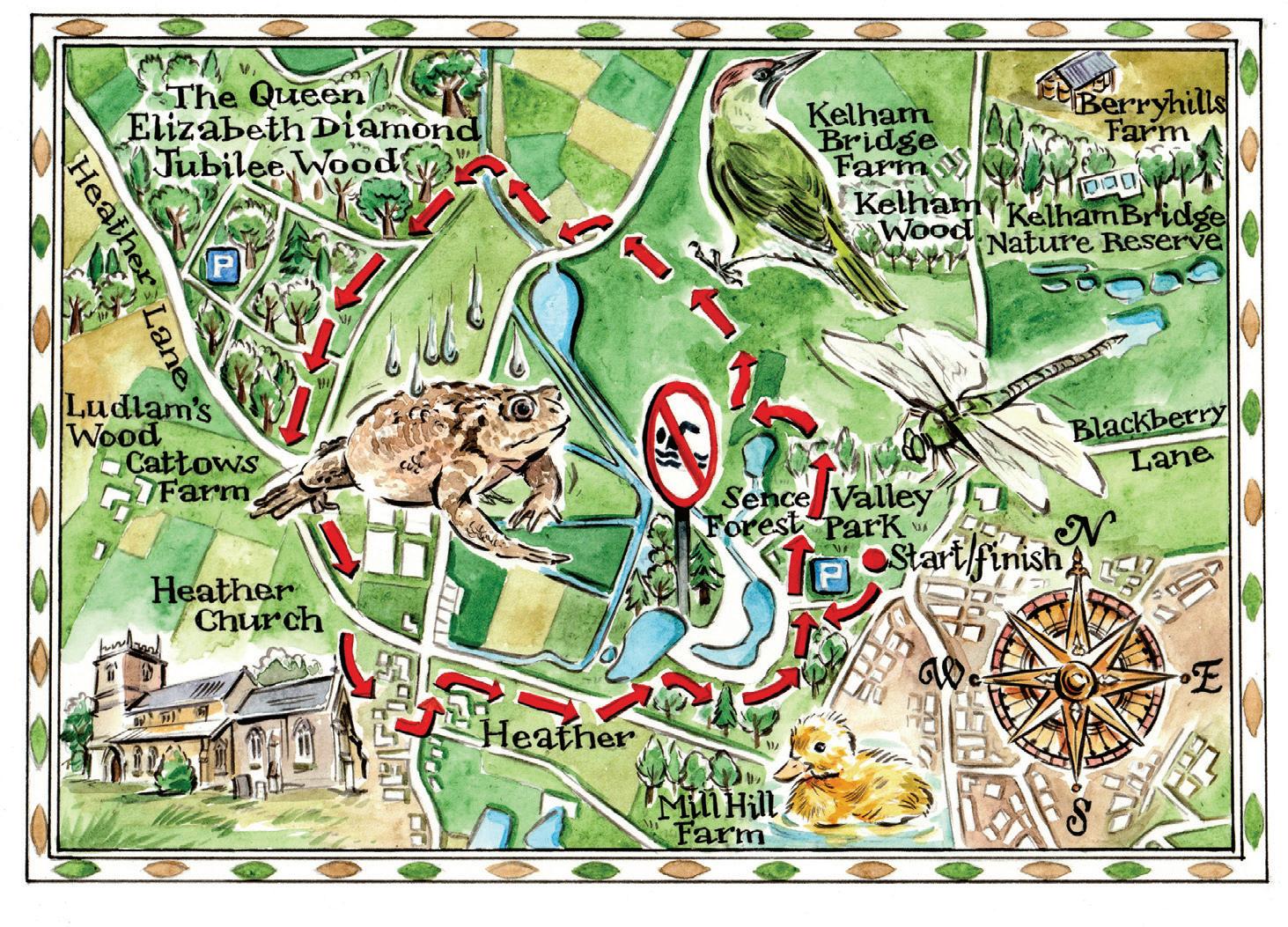
3 minute read
Kitchen Garden
Pursuits
GARDENING DAVID WHEELER TULIP FEVER
Advertisement
They’re planting tulip bulbs in Istanbul. Hundreds of thousands of them – millions, more likely … billions, perhaps.
And I, in common with many a Turkish bahçıvan (gardener), can be found trowel-wielding right now on hands and knees, cursing our stony ground as I struggle to bury the little onion-like globes several inches deep.
Following the late Christopher Lloyd’s advice, I should of course be sinking the blighters to a depth of about ten inches if I want them to repeat their flamboyant flowering for several years to come. But that’s too deep for this old back.
My seasonal reward after a fatiguing day’s bulb-planting is a few bedtime pages of Anna Pavord’s The Tulip (1999). The tulip’s origins, intriguing history, influence, turns of fortune and overriding beauty are nowhere else better told.
Istanbul became a favoured destination ever since my first stop-over there on a small cruise ship returning from Crimea with Oldie readers and fellow contributors in 2011. An early-morning porthole view of its bustling maritime traffic ensured an almost immediate return visit.
I was bewitched by zigzagging ferries, merchant vessels bearing alien registrations and countless flotillas of private craft navigating the choppy waves that swish around Topkapı Palace and the Galata Bridge, where the waters of Europe fuse with the two-directional Bosphorus. (Bosphorus currents flow simultaneously in both directions – southwards on the surface, from the Black Sea down the strait towards the Sea of Marmara and on to the Aegean and Mediterranean seas, above a deeper undercurrent of heavier, saltier water flowing north from the Med. Don’t even think of swimming there.)
Subsequently, several times a year, until COVID stepped in, I haunted Istanbul’s parks and gardens and its city-wide April tulip festivals. In a large hall overlooking the Golden Horn, in November 2013 I sat in on the fifth World Tulip Summit. I was among an international flock of tulip aficionados from as far afield as Kew, mainland Europe, the United States and the wild tulip’s native terrain: eastern Anatolia and Central Asia’s arid steppe.
Regrettably, few of us grow Tulipa acuminata, the so-called horned or needle tulip. It is immortalised on Iznik ceramics and pictured everywhere throughout modern Istanbul in stylised form adorning public transport and advertising billboards. Its bulbs are not hard to source in this country; nor are they tricky to grow, although, because of their delicate appearance, I rear them indoors in pots. They age gracefully, like nonagenarian Hollywood divas.
Plumper in all their parts, the still elegant April- and May-flowering liliiflora (lily-flowered) tulips partly resemble the acuminata, and might well have a dash of the Ottoman in their bloodline.
But their colour range is seductively varied, unlike the latter’s constant red- and yellow-petalled striations. ‘White Triumphator’ is probably the best known of the lily-flowered group. ‘Red Shine’, ‘Burgundy’, ‘Purple Dream’ and apricotcoloured ‘Ballerina’ are among the best single-coloured varieties; while ‘Green Star’ (white with a prominent green stripe) and ‘Fire Wings’ (like a well-fed acuminata on speed) are two of the loveliest bicolours.
Still new to this garden, I’m unsure about the possible longevity of any species tulips that I’m planting. In drier parts of the country – and as a youngster in the old family garden on the gravelly Hampshire coast – I’d previously built up colonies of these wildings. We might be a tad too wet for them now. Still, in August we were officially classified as being in drought, with a hosepipe ban slapped on the whole of Pembrokeshire and nearby west Carmarthenshire.
Wet Wales, indeed!

David’s Instagram account is @hortusjournal
KITCHEN GARDEN SIMON COURTAULD ONIONS
July and August are the months for runner beans but, for the first time in my memory, thanks to drought conditions this summer, none grew in my garden. The flowers appeared but were not followed by beans. Other growers had the same experience.
Farmers were said also to be struggling with their crops of peas, potatoes and onions. On this small plot, I haven’t grown peas this year, but several varieties of potato have done well, including the Pink Fir Apple which we have been enjoying since August.
My first attempt at growing onions has met with qualified success. I chose









